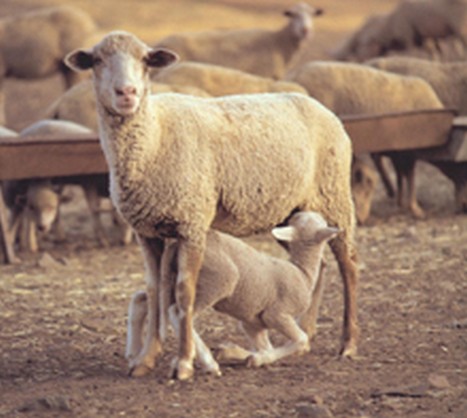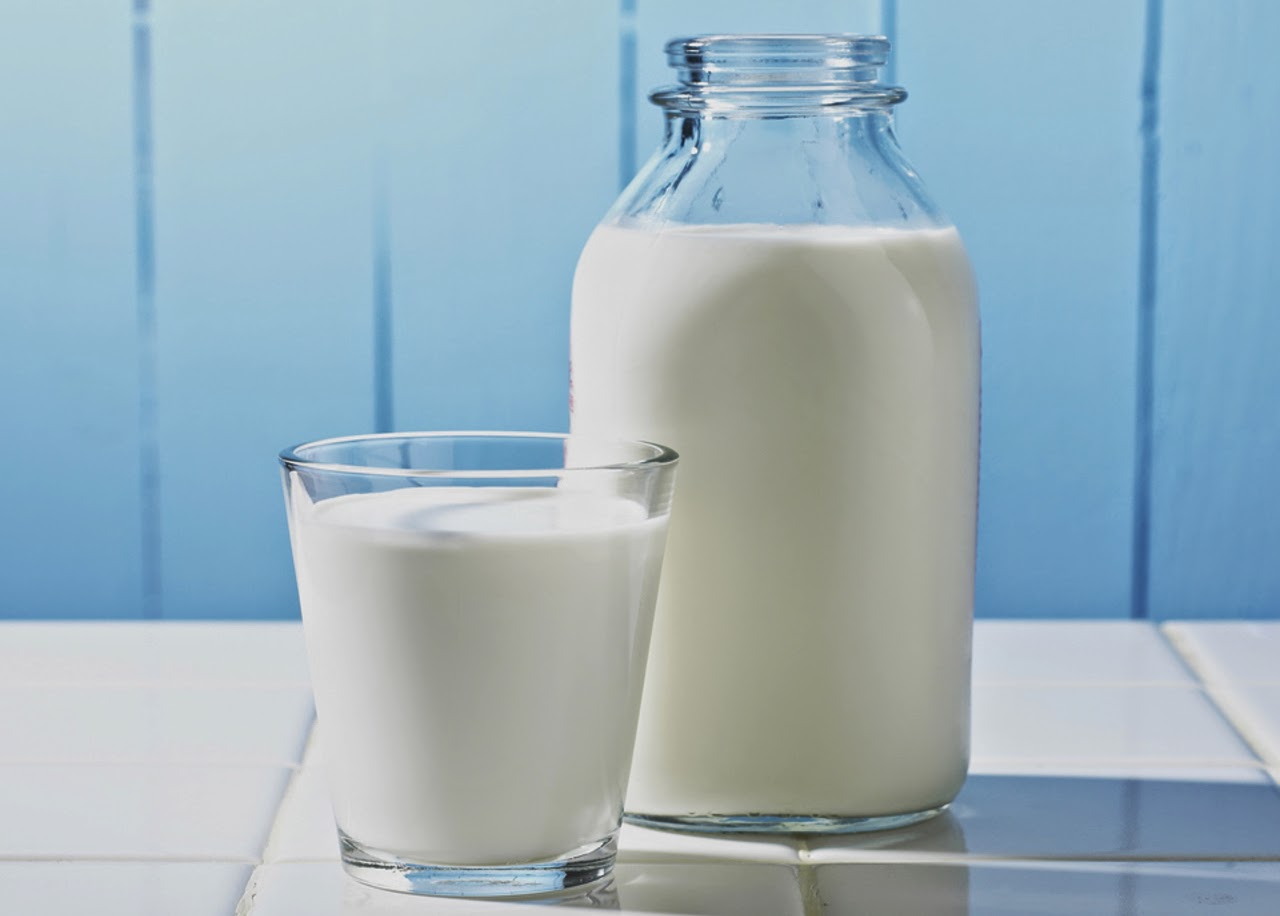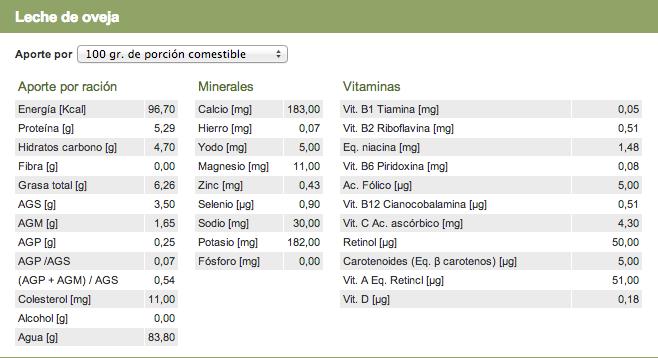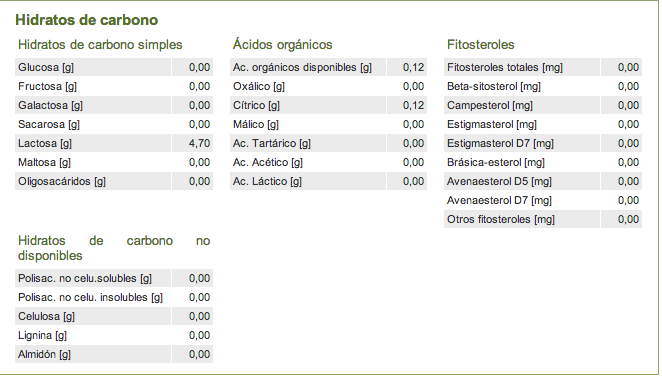 As you all know, the main activity of Gestión Agro Ganadera is the commercialization of sheep’s milk, so today we want to talk about its nutritional composition, which is very important when working with it and also for its consumption. Leaving aside that its main component, almost 84%, is water, we can say that milk has three components: fat, carbohydrates and protein. Unlike cow’s or goat’s milk, sheep’s milk has the highest fat content, more than 6%, compared to the previous ones, which do not reach 4%. Sheep’s milk also has the highest protein content, 5.29%. It stands out compared to cow milk, with 3.06%, and goat milk with 3.70%.
As you all know, the main activity of Gestión Agro Ganadera is the commercialization of sheep’s milk, so today we want to talk about its nutritional composition, which is very important when working with it and also for its consumption. Leaving aside that its main component, almost 84%, is water, we can say that milk has three components: fat, carbohydrates and protein. Unlike cow’s or goat’s milk, sheep’s milk has the highest fat content, more than 6%, compared to the previous ones, which do not reach 4%. Sheep’s milk also has the highest protein content, 5.29%. It stands out compared to cow milk, with 3.06%, and goat milk with 3.70%.  And finally, in terms of carbohydrates, sheep’s milk contains 4.7%, all lactose, as does cow’s milk. Goat milk is slightly lower, at 4.2%. Focusing on sheep’s milk, calcium and potassium are the minerals most present in its composition. In a serving of 100 grams, we find 183 and 182 mg respectively.
And finally, in terms of carbohydrates, sheep’s milk contains 4.7%, all lactose, as does cow’s milk. Goat milk is slightly lower, at 4.2%. Focusing on sheep’s milk, calcium and potassium are the minerals most present in its composition. In a serving of 100 grams, we find 183 and 182 mg respectively.  But other minerals are also present, such as iron (0.07 mg), iodine (5 mg), magnesium (11 mg), zinc (0.43 mg), selenium (0.9 mg), or sodium (30 mg). Palmitic C16 (1.41 g) and Oleic C18 (1.28 g) are the major fatty acids. And among the amino acids, glutamic acid (998 mg) stands out to a greater extent, but also Proline or Leucine, around 500 mg. The following tables show the detailed content of sheep’s milk.
But other minerals are also present, such as iron (0.07 mg), iodine (5 mg), magnesium (11 mg), zinc (0.43 mg), selenium (0.9 mg), or sodium (30 mg). Palmitic C16 (1.41 g) and Oleic C18 (1.28 g) are the major fatty acids. And among the amino acids, glutamic acid (998 mg) stands out to a greater extent, but also Proline or Leucine, around 500 mg. The following tables show the detailed content of sheep’s milk. 


 Source of tables: www.dietas.net We hope this information has been of interest to you, and look forward to your comments.
Source of tables: www.dietas.net We hope this information has been of interest to you, and look forward to your comments.
